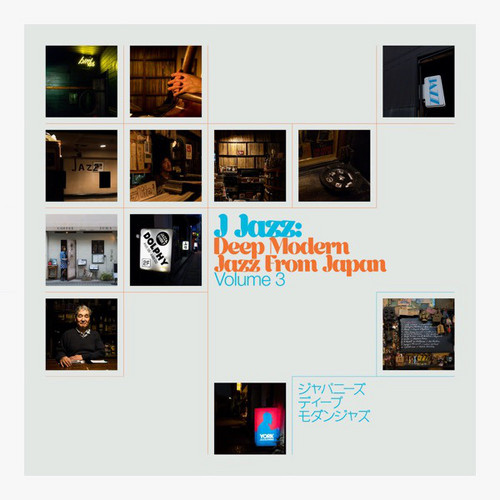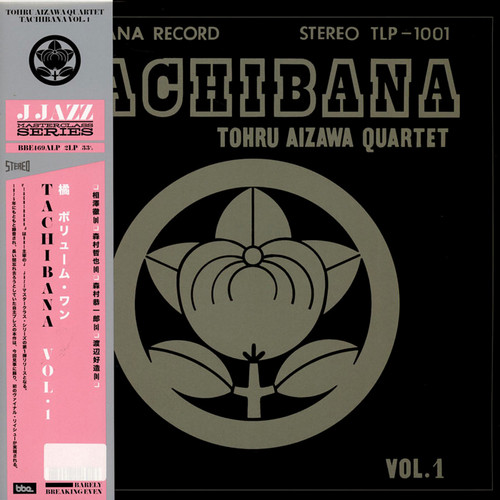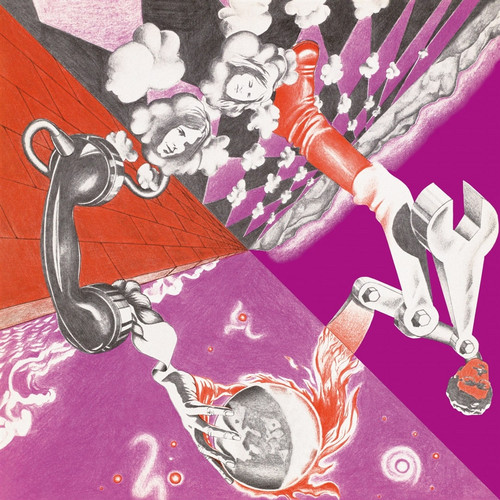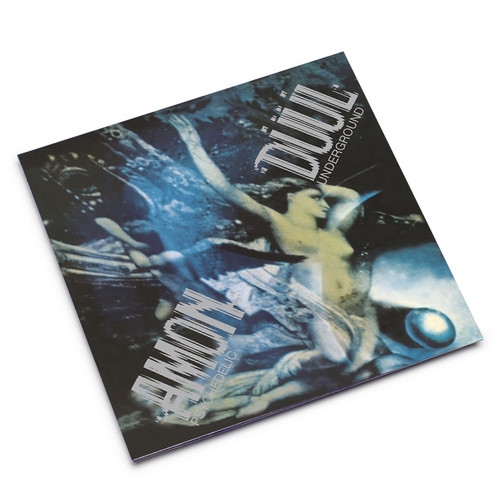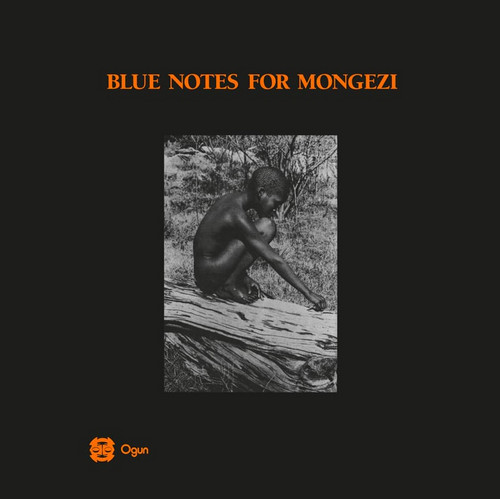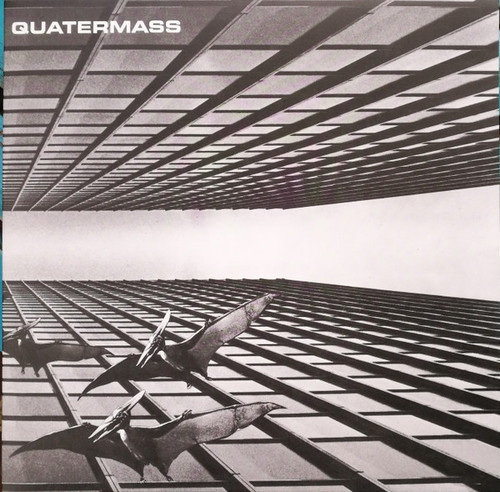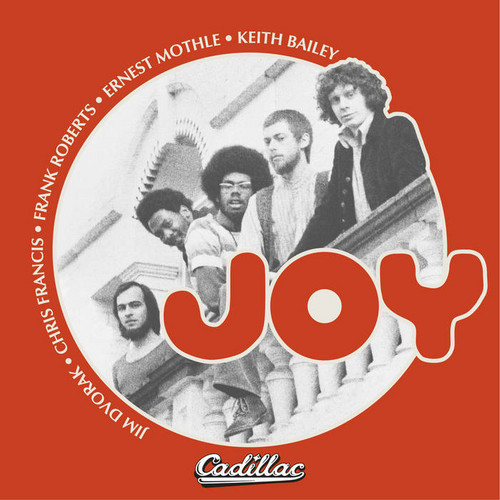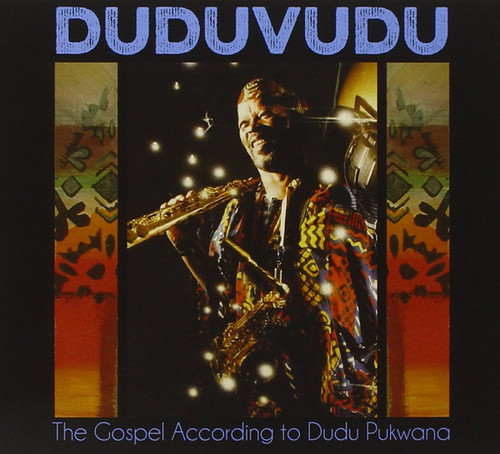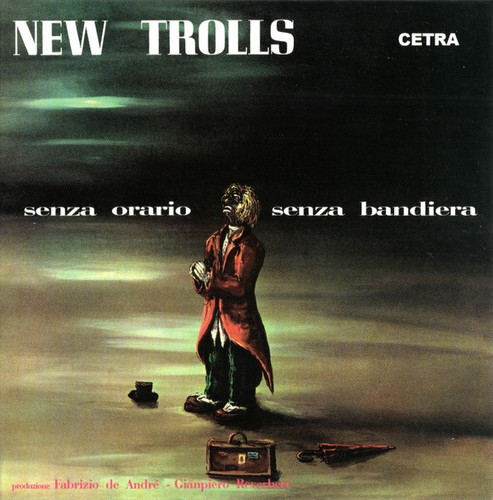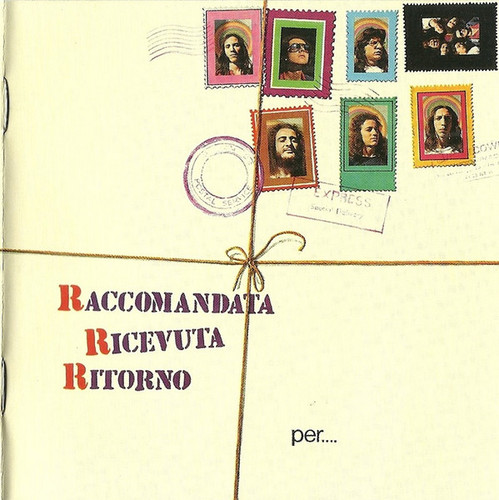Reissues
J Jazz Volume 3: Deep Modern Jazz from Japan
BBE Music presents J Jazz volume 3, the latest in its definitive compilation series exploring the finest modern jazz from Japan. Since the first volume in February 2018, the J Jazz compilation series has showcased some of the most creative, inspired, and sought-after jazz recorded in Japan during a golden period spanning the 1960s to the 1980s. Illustrating the richness and versatility of the composers and musicians on this collection, the music spans a wide yet coherent range of styles: samba, …
First
*Much needed repress* BBE Music present the latest in the acclaimed J Jazz Masterclass Series: Kohsuke Mine ‘First’, the debut album by one of the leading artists in the new wave of modern jazz that swept Japan in the late 60s and early 70s. ‘First’ epitomises the shifting sound of the Japanese modern jazz scene of the time, characterised by rich textures and tones, kinetic rhythms, punctuated by urgent, angular melody lines. Reissued for the first time since original 1970 release, Mine is joine…
Earth Mother
*Much needed repress* As part of the widely respected BBE J Jazz Masterclass Series, Koichi Matsukaze‘s incredibly rare and much sought after album Earth Mother sees a deluxe repress on BBE Music. This is the third highly anticipated release in the series. Regarded as one of the most sought-after yet elusive albums from a pivotal era in Japanese jazz, Earth Mother was originally issued in 1978 on ALM, a private label home to some of the most innovative jazz, contemporary classical and free impro…
Animals Garden
*2023 stock* The fifth release in the BBE Music J Jazz Masterclass Series has the perfect combination of rarity and exceptional musicality that inspires seasoned collectors to break out in a sweat. Animals Garden by Miyasaka + 5 was originally issued in 1979 on the cult private Japanese label ALM and is reissued for the first time in a 180Gram 2LP edition.Animals Garden was a one-off project led by master drummer Takashi ‘Bear’ Miyasaka and features a powerful and progressive jazz group includin…
Tachibana
The desire to discover and delve into new and unexplored areas of music has turned attention on the Japanese jazz scene of the 1970s, often regarded as its gilded age. The recent ground-breaking sell-out BBE compilation J Jazz: Deep Modern Jazz from Japan 1969-1984 threw much needed light on this fascinating era and presented a range of artists and music that surprised and delighted all who heard it. A key track on the compilation was one of the rarest and least known: Dead Letter by the Tohru A…
East Plants
*2023 repress* BBE Music is proud to present another instalment in the J Jazz Masterclass Series: East Plants by Takeo Moriyama, one of Japan’s finest jazz drummers. A genuine ‘under the radar’ album known only to a handful of Japanese jazz collectors, East Plants is now available again, reissued for the first time as a double 180g LP, with exact reproductions of the original artwork, obi strip and insert. It also comes with the original notes fully translated. This reissue is fully endorsed by …
Earthly Delights
Earthly Delights is a forgotten 1978 free-jazz masterpiece by bass player, composer and improviser David Wertman, alongside his Sun Ensemble. Born in 1952 and raised in Queens NY, Wertman’s distinctive upright playing style was entirely self-taught. He cut his teeth in the notorious New York Jazz lofts, jamming for hours and hours with the likes of Billy Bang, Arthur Blythe, Marion Brown, Steve Reid, Dave Pike, William Parker, Brandon Ross and Charles Tyler to name but a few. Earthly Delights is…
Osmose
Reissue of the 1970 krautrock classic. The timing was right: Five years earlier would have been too early, five years later would have been too late. But Annexus Quam from Kamp-Lintfort near Düsseldorf came along with the right music at the right moment. The seven-piece band formed in 1967 as Ambition Of Music; they were what was then called a "beat group." In 1970, working with a local trombone choir led to a dramatic change of direction. Trombone, clarinet, saxophone, scat-like vocals, various…
Psychedelic Underground
Temporary reduced price. LP version. 180 gram vinyl, gatefold sleeve. The debut album from the original Amon Düül commune collective, released in 1969, stands as one of the most radical and uncompromising documents of the entire German underground scene. This is not Amon Düül II - this is the larger, more chaotic collective that spawned the more structured offshoot, and Psychedelic Underground captures their approach in all its raw, untamed glory.
Recorded in a single marathon session, the albu…
Blue Notes for Mongezi
"Blue Notes for Mongezi", one of the most passionate celebrations of a life in music ever laid to tape. Recorded in late 1975 by Blue Notes, then reduced to a quartet - Dudu Pukwana on alto sax, whistle, percussion, and vocals; Johnny Dyani on bass, bells, and vocals; Louis Moholo-Moholo on drums, percussion, and vocals; and Chris McGregor on piano, and percussion - and issued the following year by Ogun, the album is a kairos; the first commercial release by one of free jazz’s seminal ensembles…
Quatermass
"Quatermass' only album is a must-have for prog rock enthusiasts, especially lovers of the keyboard-dominated style which flourished in the early '70s. Although there are only three members of the band, their histories are just as colorful as the music they produced. Keyboard player Pete Robinson and bass man Johnny Gustafson met drummer Mick Underwood and founded Episode Six, a band which included Ian Gillan who later fronted Deep Purple. Underwood was also involved with the Outlaws as well as …
The Piano
As with Directstep (recorded one week previously), this album was recorded, and originally only released, in Japan. It was one of Hancock's most successful albums in Japan, perhaps because it was entirely solo piano. Hancock tackles jazz standards such as "My Funny Valentine", "On Green Dolphin Street" and "Some Day My Prince Will Come" while also performing four original compositions.
Joy
Super rare 1970s British jazz from Joy: Chris Francis, James Dvorak, Frank Roberts, Ernest Mothle, Keith Bailey reflecting the young, multicultural, vibrant flavours of mid-70s London. Funky, hip, committed, Joy is one of the forgotten gems of London jazz. Originally released in 1976, Cadillac and Joy are delighted to offer the first CD/Digital reissue of this great album - remastered by Keith Bailey and including extra, previously unissued, material and a vinyl reissue of the original release i…
The Gospel According To Dudu Pukwana
Those lucky enough to have been exposed to Dudu Pukwana's music will forever be in the grip of of a rare and beautiful musical spirit. More than 20 years after his death, his uniquely original music lives in a powerful and inspirational way. This album is a tribute to Dudu helmed by American musician/producer Andrew Scott, who first heard the Blue Notes in 1966 at Leeds University - the genesis of a personal musical journey leading up to this special project. Duduvudu has been a family affair - …
Blue Notes In Concert
Recorded live at the 100 Club, London, on 16 April 1977, by Ron Barron. Some of this music was originally available on LP as OG 220 (Ogun, 1978). This expanded CD edition - previously only available as part of the long out of print "Blue Notes - The Ogun Collection" box set - now receives a first release as a stand alone title.
Legacy - Live In South Afrika 1964
A vital artefact in the recorded history of the Blue Notes, being a live recording (Durban, 1964) of one the the group's last performances in their homeland prior to flying to France to appear by invitation at the Juan-Les-Pins Jazz Festival and then on to expatriation in England. The album was first released by Ogun in 1995 and then featured as part of the "Blue Notes - The Ogun Collection" box set in 2008, itself now long out of print. At long last this exceptional document is available again
Blue Notes for Johnny
"Blue Notes for Johnny" - a defining statement by one of the greatest ensembles in the history of jazz. Recorded in mid-1987 by Blue Notes - then reduced to the trio of Dudu Pukwana on alto sax, Louis Moholo-Moholo on drums and Chris McGregor on piano - it encounters the band 25 years after their founding embarking on an inward meditation through collective music making dedicated to Johnny Dyani, their former bandmate and friend.
Blue Notes were founded in Cape Town in 1962, and stand among the…
Milano Calibro 9
2023 restock This album represents the intersection of a number of trends going on in Italy at the time it was made. One was for rock bands to adopt Classical forms, sometimes even involving actual orchestras (New Trolls, Rovescio della Medaglia). Another was movies about gangsters. Another was for movies to have soundtracks by rock bands (Goblin and so on). So here you have a rock band doing music in a Classical form (prelude, theme, variations) with an orchestra as the soundtrack to a gangster…
Senza Orario Senza Bandiera
* 2023 stock * “Senza timetable senza Bandiera” was releasedo on October 23, 1968. It is the long-distance debut of the New Trolls and is also the first concept album in the history of Italian rock. A work born from the encounter between a group then considered avant-garde, the New Trolls, a singer-songwriter used to going in a stubborn and opposite direction like Fabrizio De André, the visionary poet Riccardo Mannerini and Gian Piero Reverberi, a cultured musician and arranger and prepared. A c…
Per... Un Mondo Di Cristallo
* 2023 stock * The Raccomandata Ricevuta Ritorno (also called RRR) were a Roman group dedicated to progressive rock in the years in which the genre, in Italy and in Europe, lived its best years with enthusiasm. Formed by Luciano Regoli (vocals, acoustic guitar), Francesco Froggio Francica (drums, percussion), Manlio Zacchia (bass), Damaso Grassi (flute, sax), Nanni Civitenga (guitar) and Stefano Piermarioli (keyboards) they released only one album in 1972 - "Per un mondo di Cristallo" - and then…
